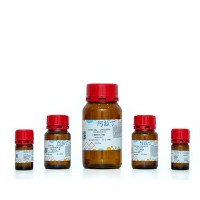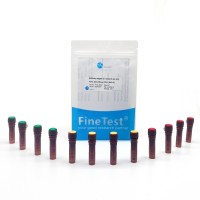Methods That Resolve Different Contributions of Clonal Expansion to Adipogenesis in 3T3-L1 and C3H10T1/2 Cells
互联网
311
The mouse embryo fibroblast cell lines 3T3-L1 and C3H10T1/2 differentiate to adipocytes that exhibit similar insulin regulation of lipogenesis. These cell lines, however, differ appreciably in the processes that produce the major regulator PPARγ. Each line is stimulated by a mixture of insulin, dexamethasone, and methylisobutylxanthine (IDM). In the first 24 h, IDM activates each cell type to produce similar regulatory changes and cell contraction. However, the increase in PPARγ is delayed by 24 h in typical 3T3-L1 cells compared with C3H10T1/2 cells. This delay is caused by the need for one or two rounds of cell division (clonal expansion) for PPARγ synthesis in 3T3-L1 cells. This expansion also occurs in C3H10T1/2 cells, but is not needed for PPARγ synthesis and differentiation. Other 3T3-L1 sublines have been described that follow the C3H10T1/2 pattern of differentiation. Culture conditions and inhibitors are described here that remove clonal expansion in C3H10T1/2 cells. With these constraints the cells retain full commitment to differentiation. This distinction is significant because many agents suppress differentiation in 3T3-L1 cells through inhibition of clonal expansion. Other effects on differentiation may be seen in C3H10T1/2 cells that are obscured in 3T3-L1 cells due to this inhibition of proliferation. Human preadipocytes do not need clonal expansion for adipogenesis, thus paralleling C3H10T1/2 cells.









